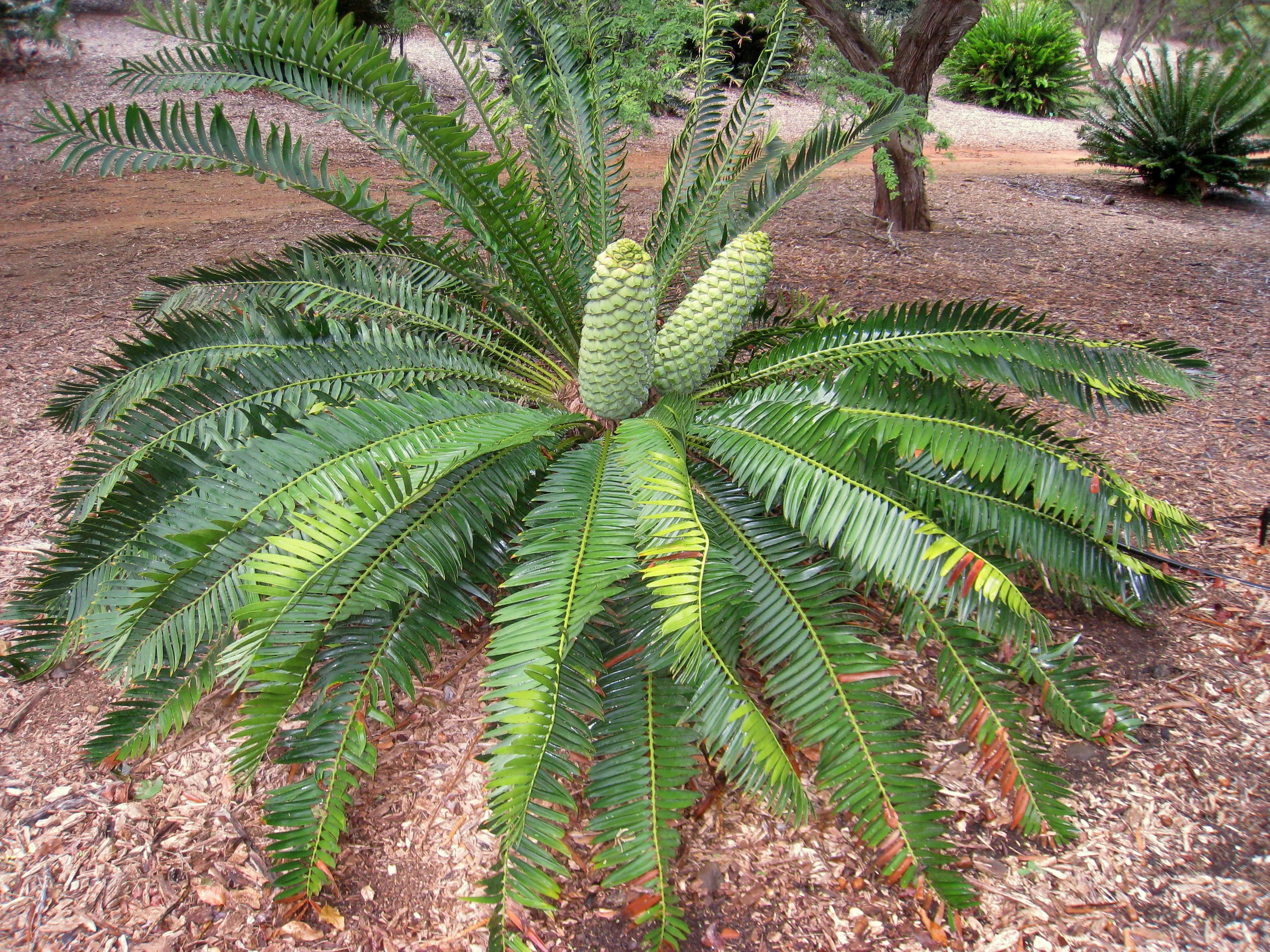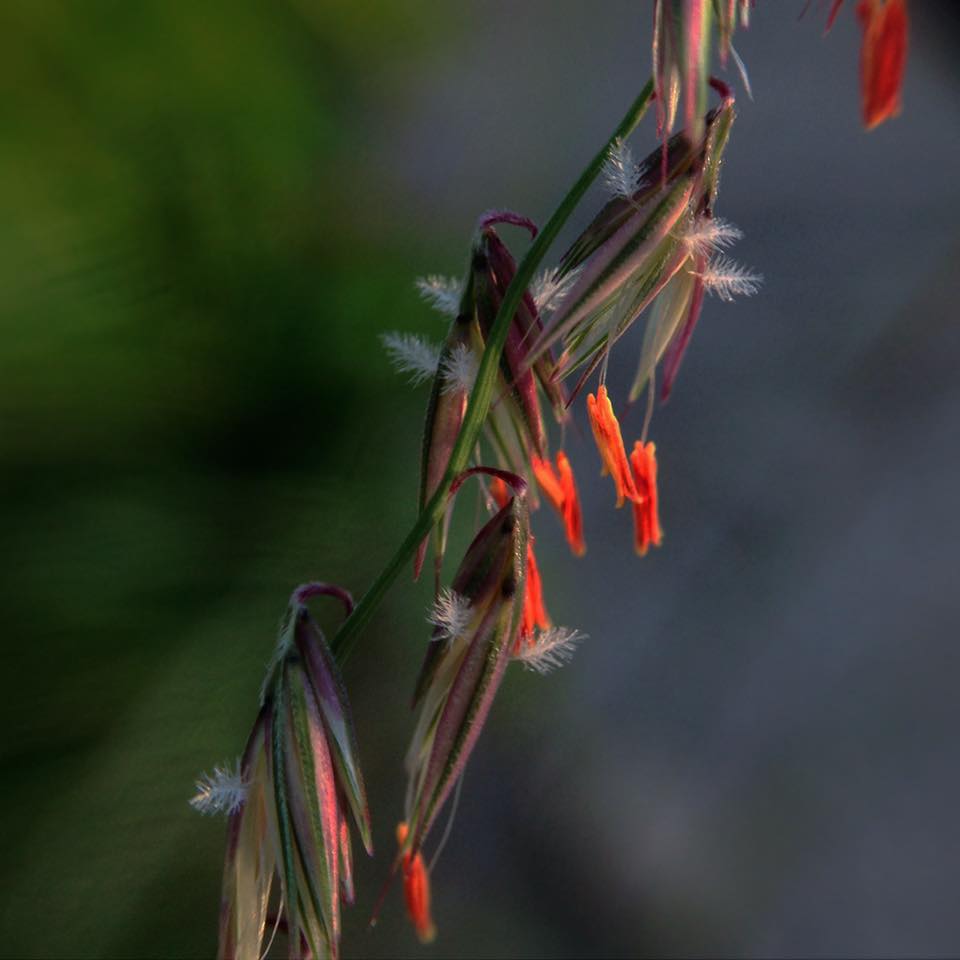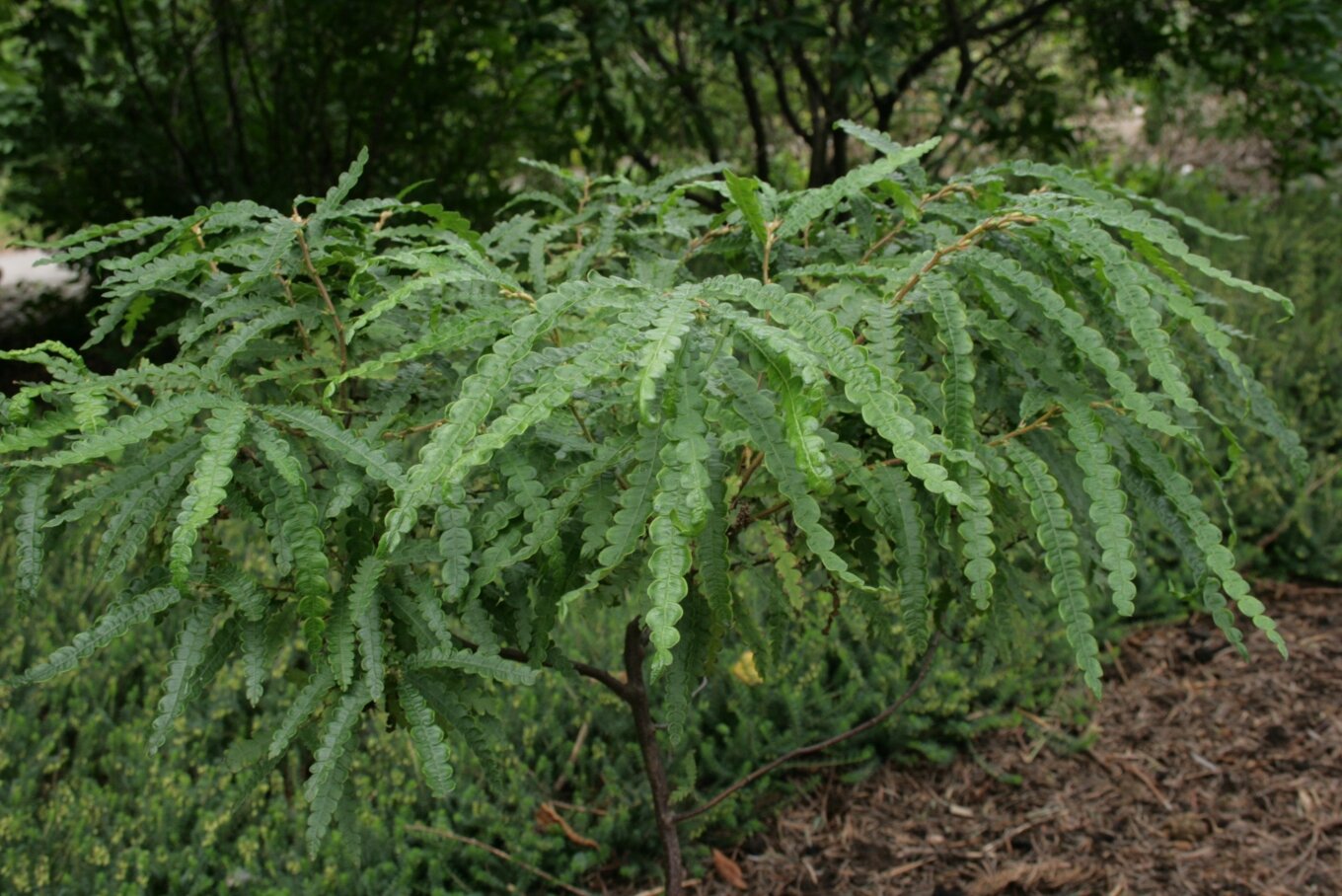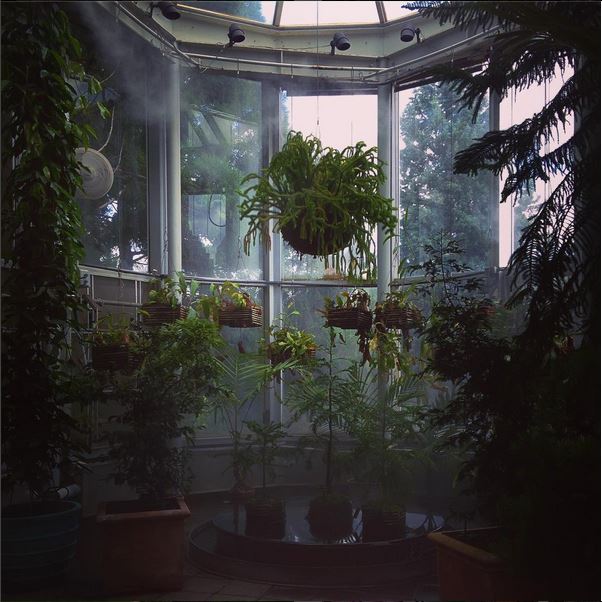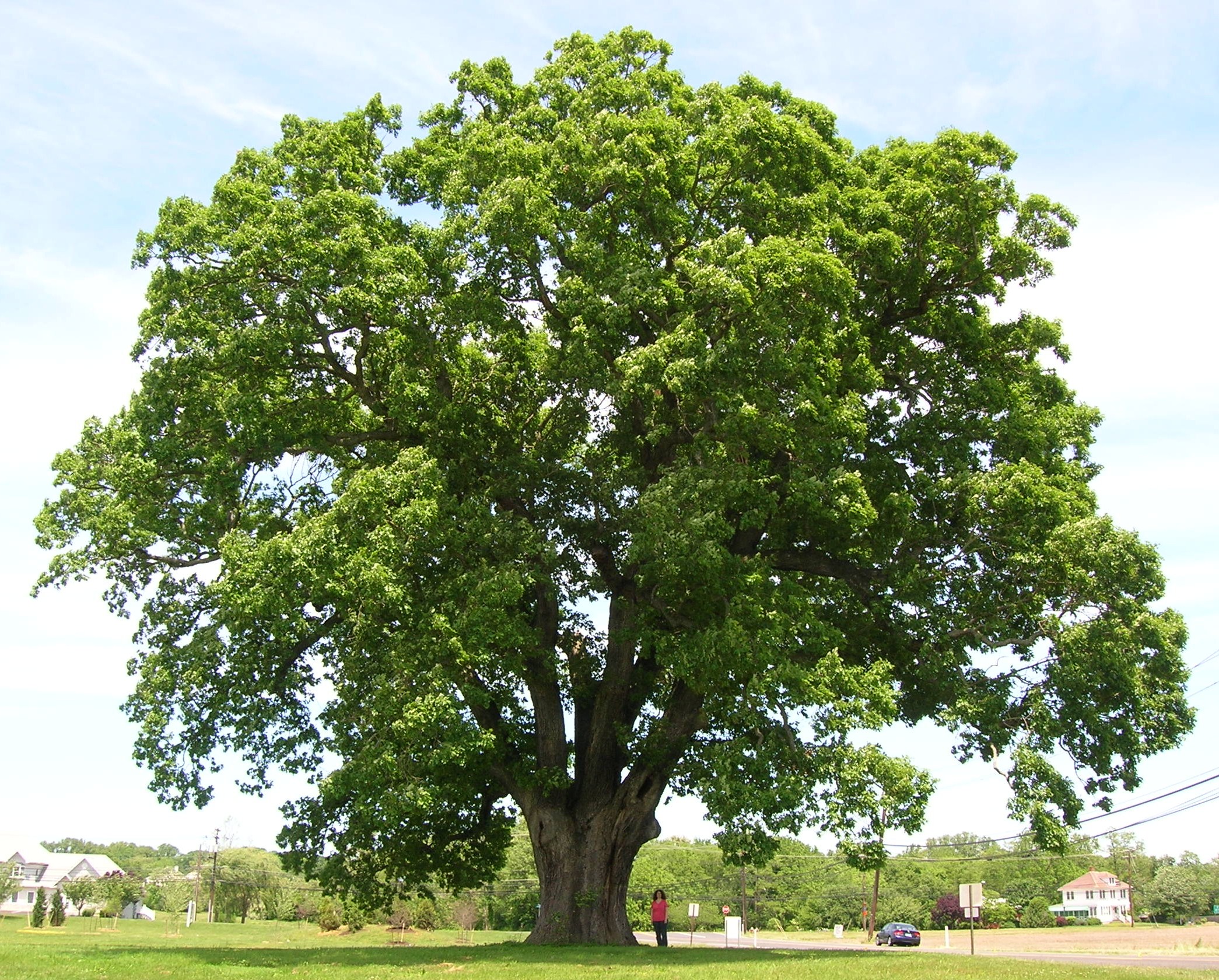Photo by Kerry Woods licensed under CC BY-NC-ND 2.0
Pollination is not an altruistic enterprise. Each party involved is trying to maximize its gains while minimizing its losses. Needless to say, cheaters abound in natural systems. As such, plants have gone to great lengths to ensure that their reproductive investments pay off in the long run. Take, for instance, the case of the fragrant water-lily (Nymphaea odorata).
Most of us have encountered this species at some point in our lives. Those who have often remark on the splendor of their floral displays. Certainly this is not lost on pollinators either. Coupled with their aromatic scent, these aquatic plants must surely be a boon to any insect looking for pollen and nectar. Still, the flowers of the fragrant water-lily take no chances.
Close observation will reveal an interesting pattern in the blooming cycle of this water-lily. On the first day that the flowers open, only the female portions are mature. The structure itself is bowl-like in shape. Filling this stigmatic bowl is a viscous liquid. After the first day, the flowers close for the evening and reopen to reveal that the stigma is no longer receptive and instead, the anthers have matured.
Many insects will visit these floating flowers throughout the blooming period. Everything from flies, to beetles, and various sorts of bees have been recorded. Seed set in this species is pollen limited so any insect visiting a female flower must deposit pollen if reproduction is to be achieved. This is where that bowl of sticky liquid comes into play. The liquid itself is rather unassuming until you see an insect fall in.
Photo by Matthew Beziat licensed under CC BY-NC 2.0
Due to the presence of surfactants, any insect that falls into the fluid immediately sinks to the bottom. The flowers seem primed to encourage this to happen too. The flexible inner stamens that surround the bowl bend under the weight of heavier insects, thus dumping them into the liquid below. Only by observing this process under extreme magnification does all of this make sense.
The liquid within the bowl essentially washes off any pollen that a visiting insect had stuck to its body. As the pollen falls off, it drifts down to the bottom of the bowl where it contacts the receptive stigma. Thus, cross-pollination is achieved. Most of the time, insect visitors are able to crawl out without any issue. However, the occasional insect will drown within the fluid. Alas, that is no sweat off the water-lily's back. Having dropped off the pollen it was carrying, it is of little use to that flower anymore.
Once a water-lily flower has been fertilized, its stem begins to curl up like a spring. This draws the ovaries underwater where they can develop in relative safety. It also ensures that, upon maturing, the seeds are more likely to find a suitable underwater site for germination. To think that this drama plays out time and time again unbeknownst to the casual observer is something I find endlessly fascinating about the natural world.


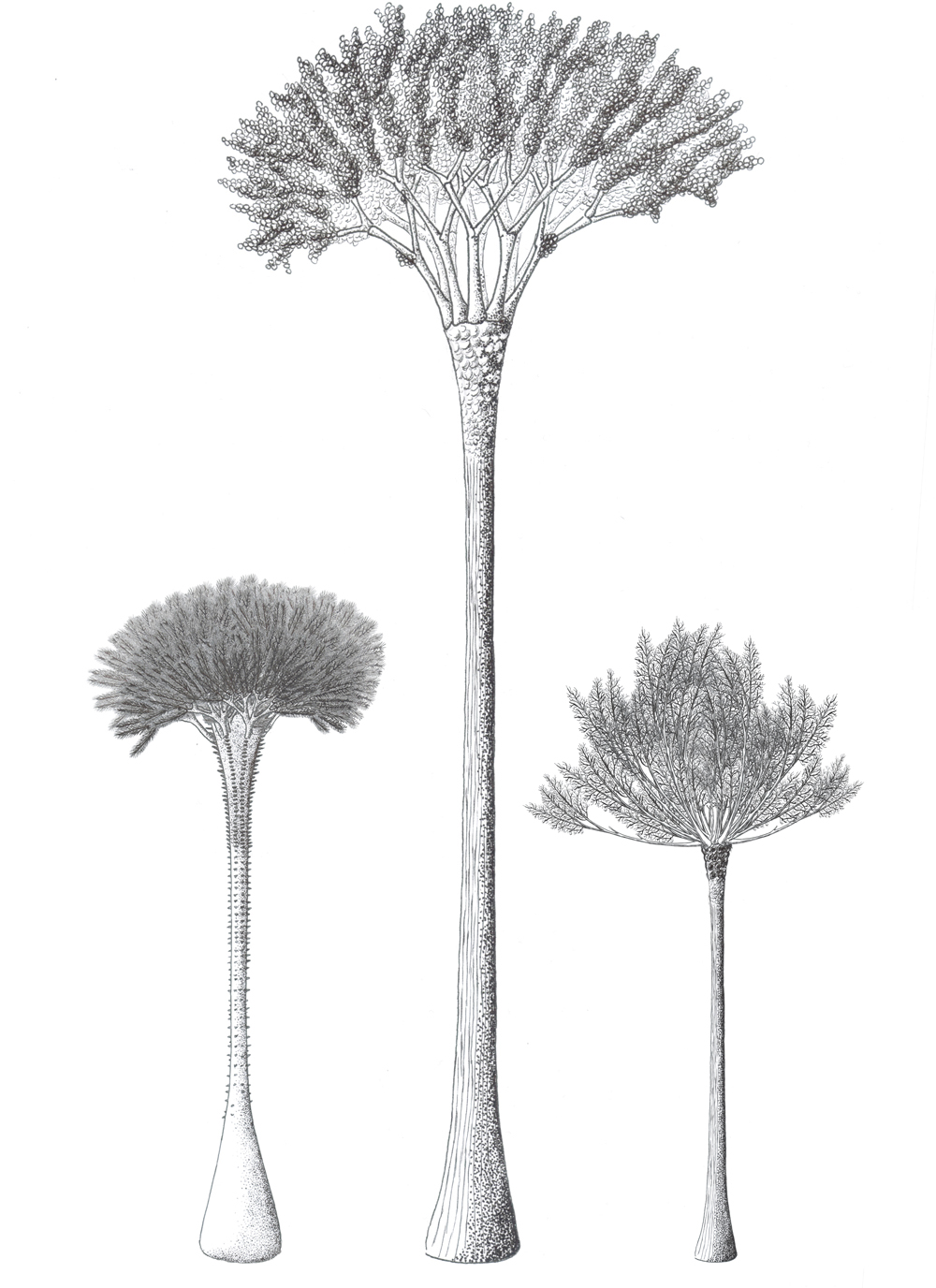
![[SOURCE]](https://images.squarespace-cdn.com/content/v1/544591e6e4b0135285aeb5b6/1509465408526-PS04Q0I13MTWTXHU96XE/image-asset.jpeg)
![A cross section of a Cladoxylopsid trunk showing the hollow center, individual xylem strands, and the network of connective tissues. [SOURCE]](https://images.squarespace-cdn.com/content/v1/544591e6e4b0135285aeb5b6/1509465418599-SBMOI12IRYJPVDFDRKZ8/F3.large.jpg)
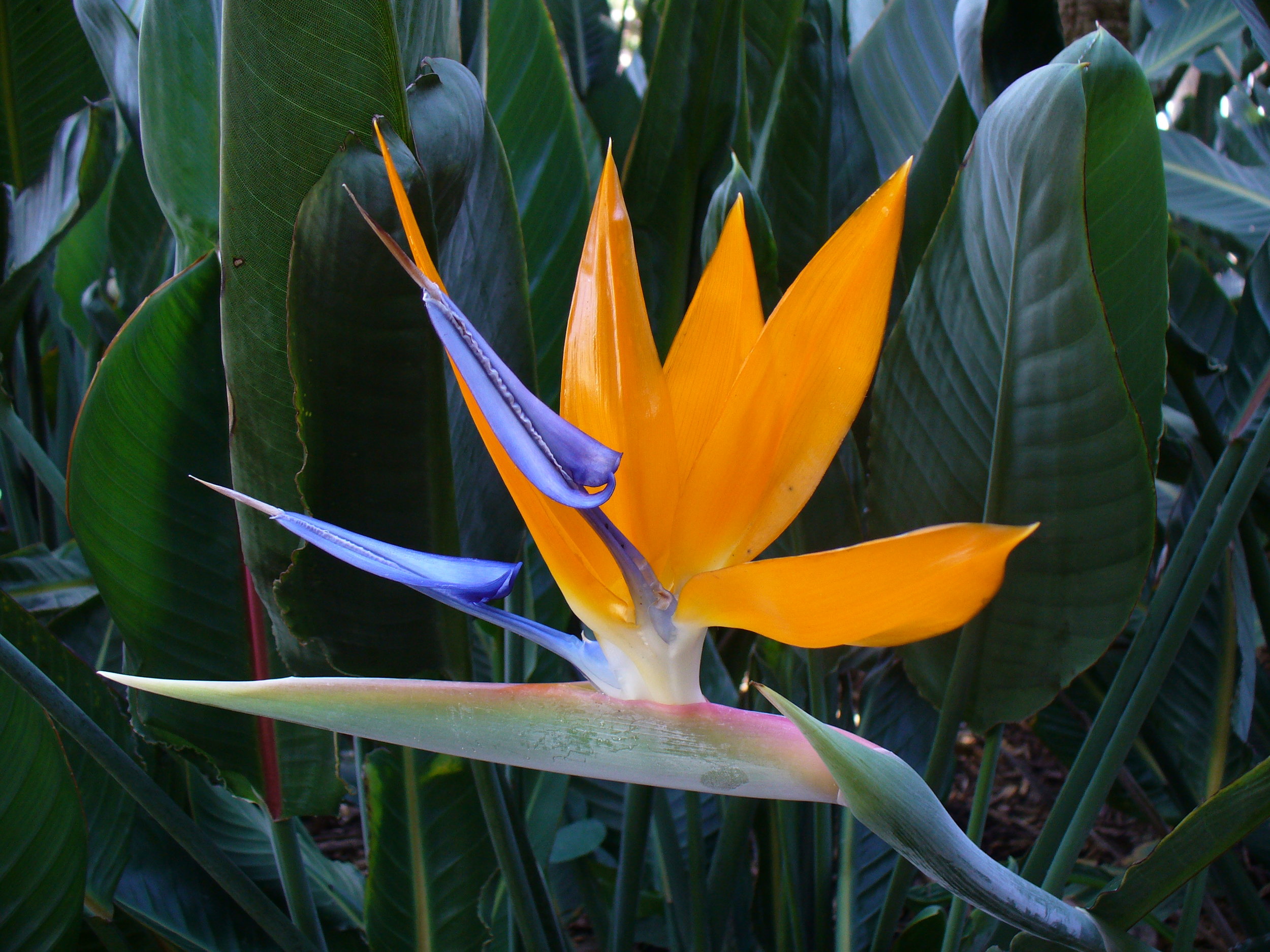

![[SOURCE]](https://images.squarespace-cdn.com/content/v1/544591e6e4b0135285aeb5b6/1508366091036-SYC44VSQE4GJJEZHZQX9/1-s2.0-S0254629910002462-gr1.jpg)
![[SOURCE]](https://images.squarespace-cdn.com/content/v1/544591e6e4b0135285aeb5b6/1508201752975-7W5T194C1IK9IC4ZE62M/batpass1.JPG)
![[SOURCE]](https://images.squarespace-cdn.com/content/v1/544591e6e4b0135285aeb5b6/1508203341477-I655ZRIK84ZNM78XLMYE/image-asset.jpeg)



